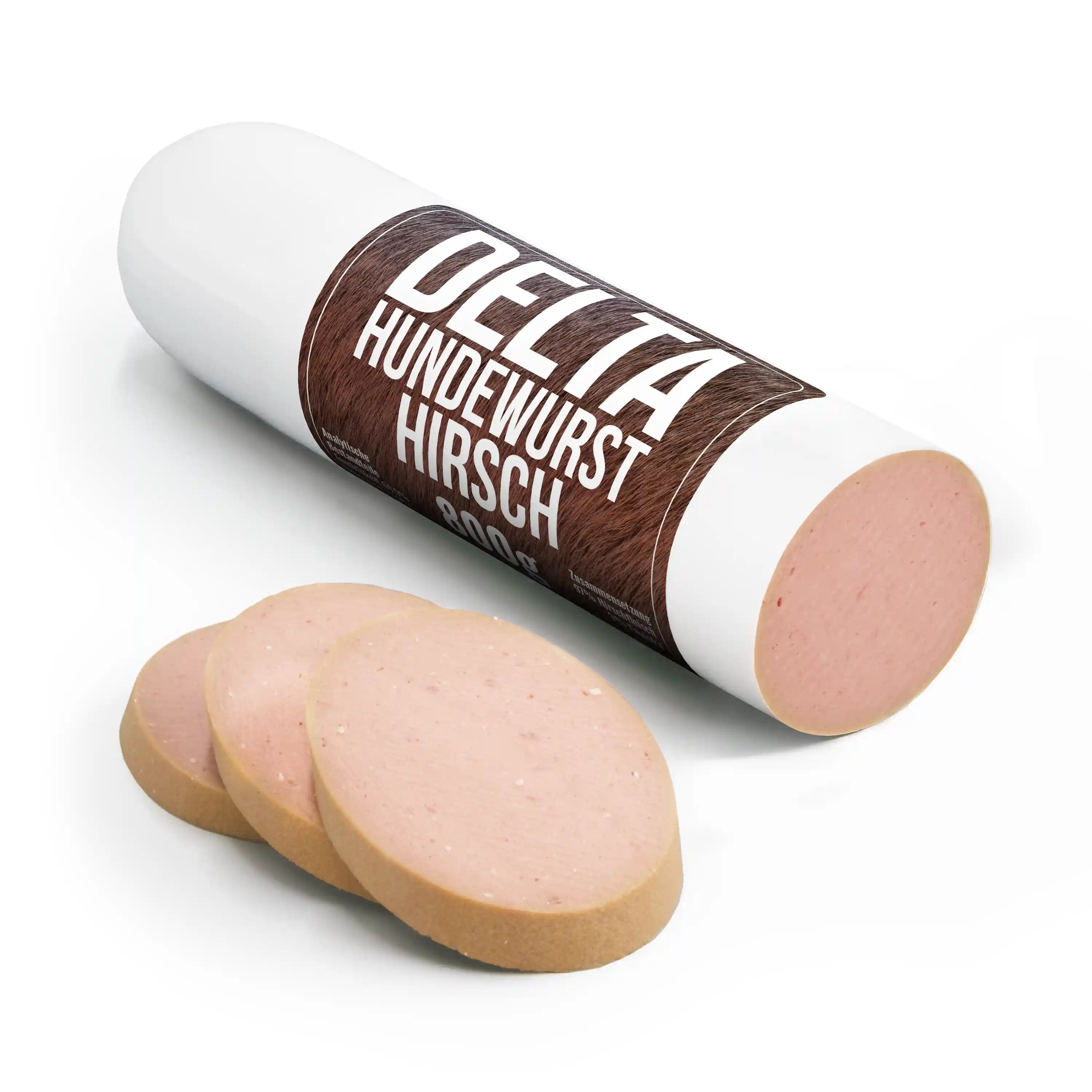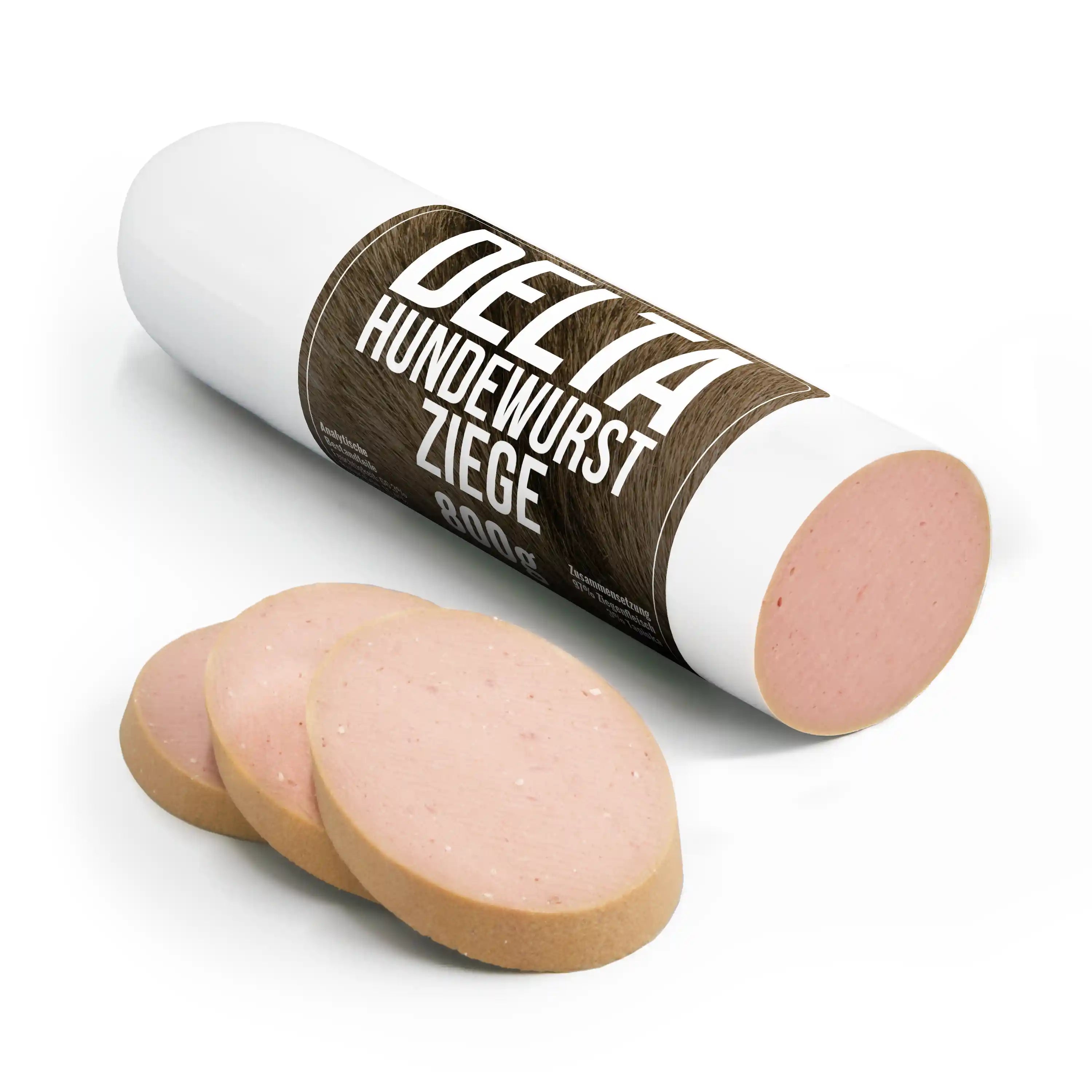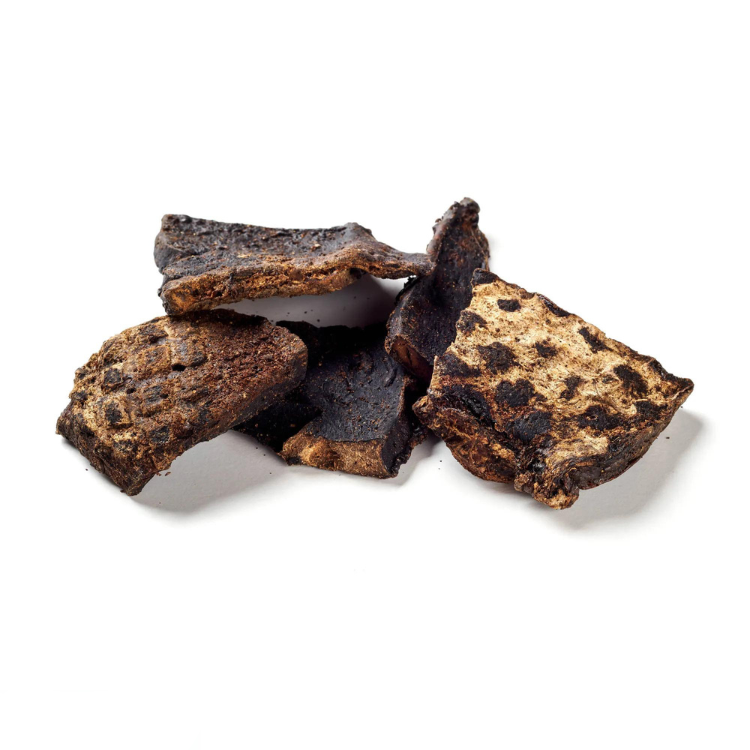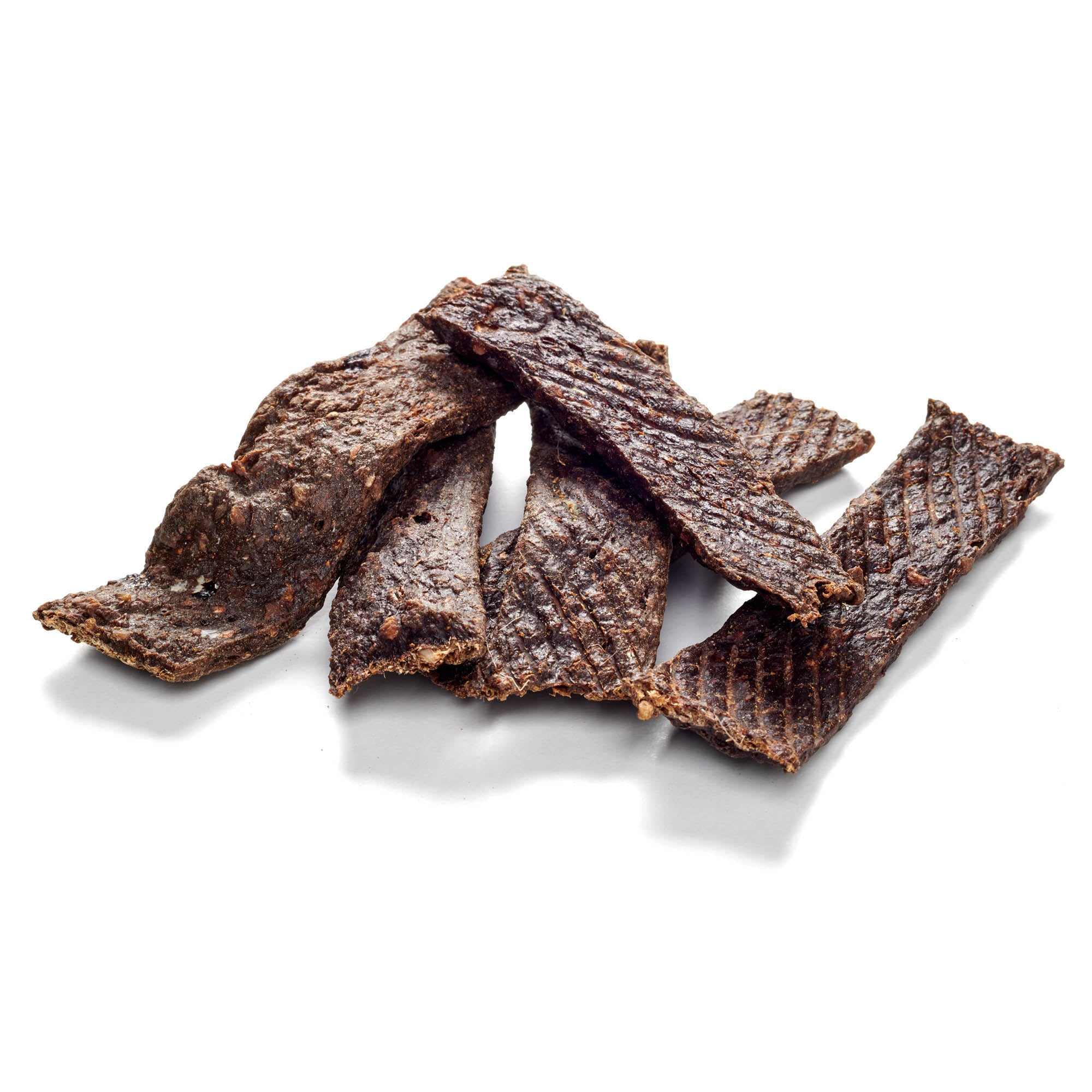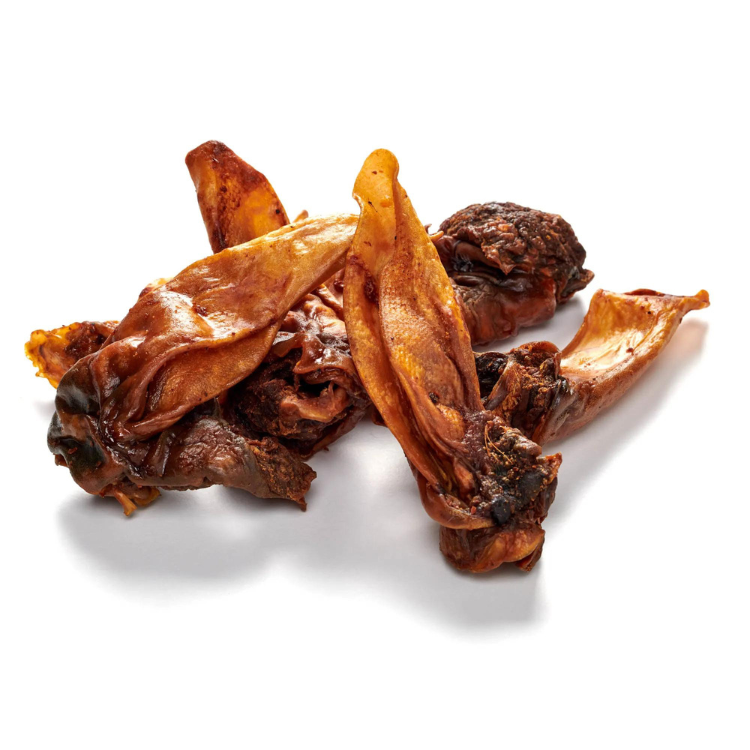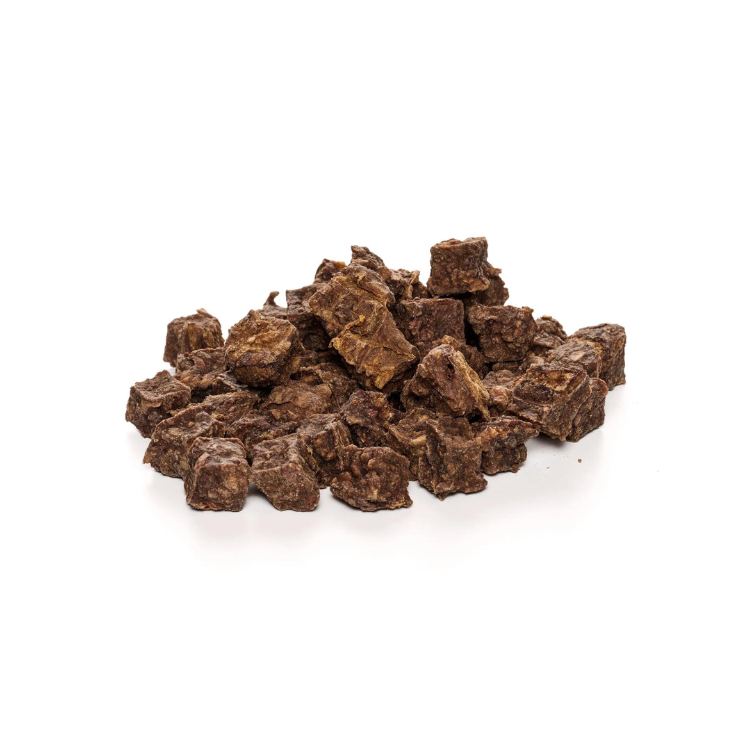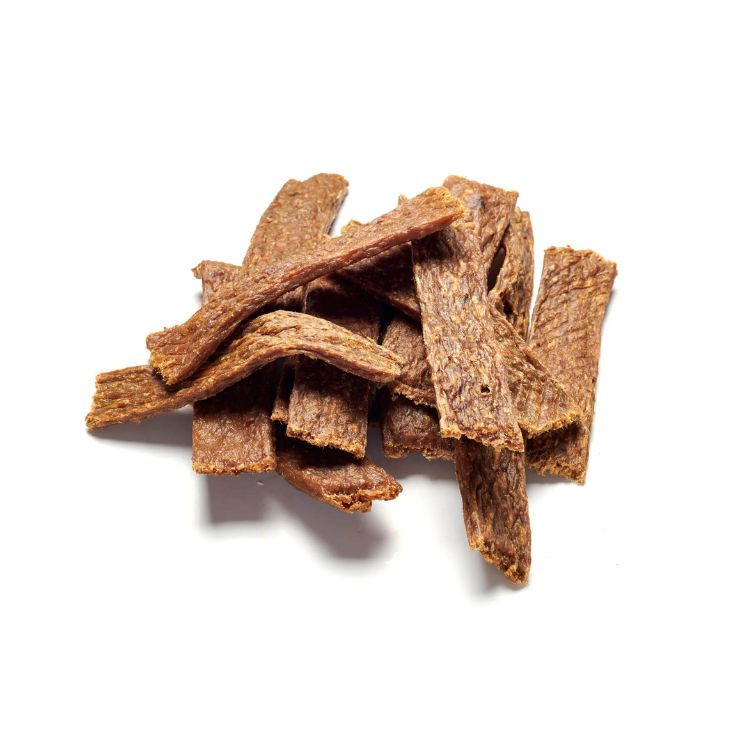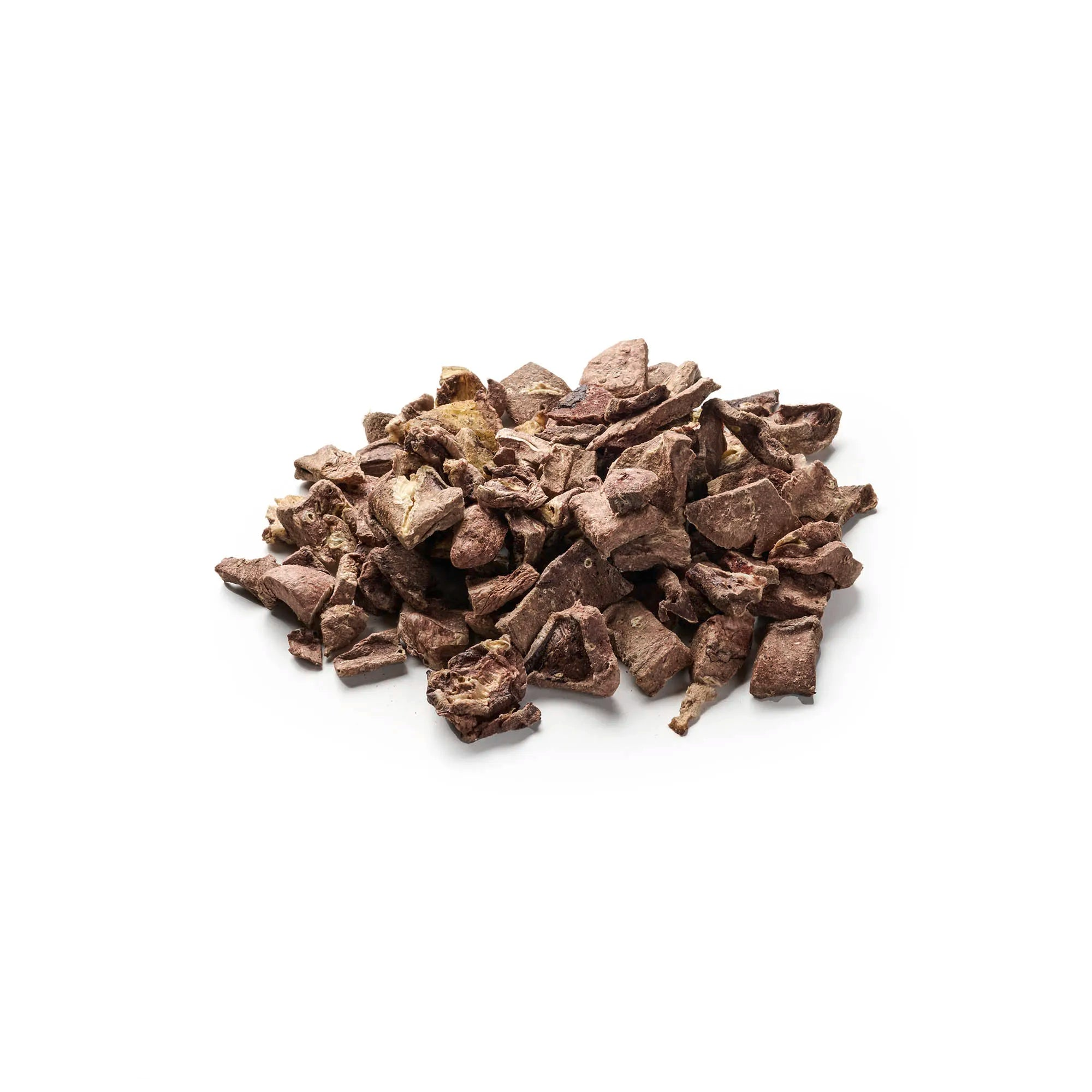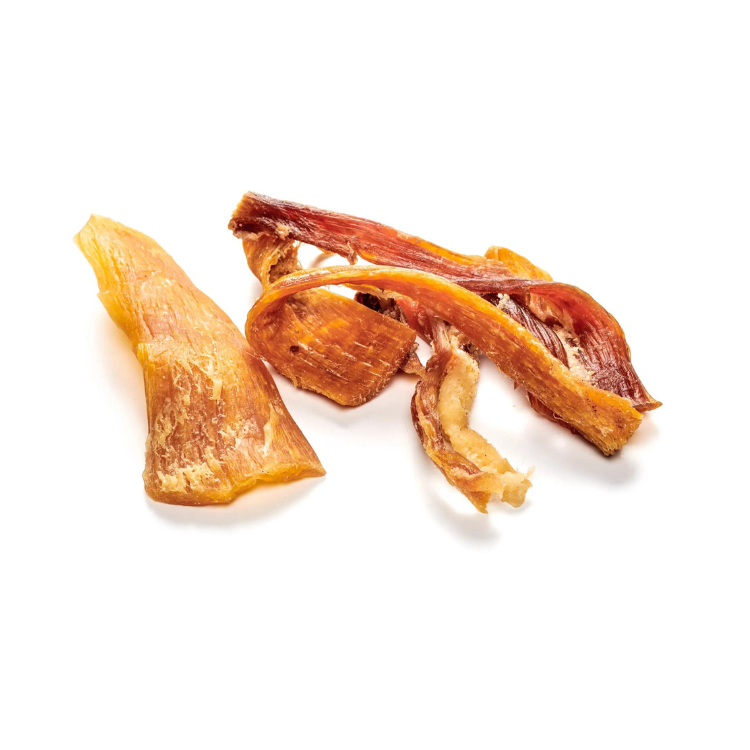
Bouvier des Flandres
Share
The shaggy four-legged Bouvier des Flandres (Flanders cattle dog), as the name suggests, comes from Flanders - a part of Belgium. Large and strong as it is, the herding dog has been used in many different ways. Today it is considered an almost perfect watchdog and protection dog, which also shows its strength in all areas of dog competitions and in some places even keeps order as a police dog.
Content: Bouvier des Flandres
- profile
- Special features
- Nutrition
- Health and care
- Origin & History
- The right accessories
- Conclusion
Discover the range of dog snacks in our store!
Bouvier des Flandres - Profile
- Character: Calm, Attentive, Confident
- Size: Large
- Height: 59-68cm
- Weight: 27-40 kg
- Life expectancy: 10-12 years
- Coat type: Long hair
- Colour: Black, fawn, grey, black-brown, brindle
- FCI Group: Herding and Cattle Dogs
Bouvier des Flandres - Special characteristics
The Bouvier des Flandres, also known as the Flemish Cattle Dog, originates from Flanders, Belgium, and is a large and powerful working dog. It belongs to the group of herding and cattle dogs and is characterized by its compact and stocky appearance. With a height of up to 68 cm at the withers and a weight of up to 40 kg, it is an imposing dog.
The Bouvier des Flandres has a dense, shaggy coat that comes in black, fawn, grey, black-brown or brindle. His characteristic goatee and moustache as well as his massive eyebrows give him a striking appearance.
In terms of character, this breed of dog is considered loyal, calm and gentle, but also attentive and assertive. It is an excellent watchdog and is often a good family dog. However, due to its size, small children should be supervised when in its vicinity. The Bouvier des Flandres can be suspicious of strangers and needs time to gain trust.
Bouvier des Flandres - What should be considered regarding nutrition?
Due to its size and strength, the Bouvier des Flandres requires a balanced and high-calorie diet. A diet rich in vitamins and minerals is important to maintain its health and fitness. Meals should be divided into small portions throughout the day to prevent gastric torsion.
Raw meat feeding, known as BARF , is a suitable option for this breed of dog. However, it requires time and preparation. Many dog owners combine conventional dog food with home-made BARF to meet the needs of their Bouvier des Flandres.
Because of the tendency of this breed to develop hip dysplasia, it is important to ensure that the dog is fed correctly and to avoid excessive exercise when it is still a puppy . Veterinary advice is recommended.
Treat your dog to something special with our chew products!
Bouvier des Flandres - Health and Care
The Bouvier des Flandres' dense and shaggy coat tends to mat, so it requires regular grooming. Brushing and trimming the coat should be done regularly to prevent matting and clumping. The eyebrows, which can obstruct the dog's vision, should also be trimmed regularly.
Grooming is not only for beauty, but also to avoid parasites and general contamination. Regular care of ears, claws and teeth is also important. For effective care, a visit to the dog groomer may also be necessary.
Although the Bouvier des Flandres has a lot of fur, he does not tend to shed a lot because loose hairs get caught in the curls. However, grooming is time-consuming and requires about four to six hours of grooming per week.
Bouvier des Flandres - Origin & History
The Bouvier des Flandres originates from Belgium, specifically Flanders, and may have ancestors left behind by Spanish soldiers in the 16th century. However, the exact lineage remains unclear to this day and there are various theories, including crosses between Mastiffs, Beaucerons, Belgian Griffons, Picards and Barbets.
The Bouvier des Flandres was originally used as a herding and cattle dog, protecting herds of cattle from wolves and bears. It was also used as a pack animal. During the First World War, the breed was almost extinct, but was saved by backcrossing. The FCI recognized the breed in 1922 and since then work has been done to refine it.
The Bouvier des Flandres is known for its versatile skills and protective instinct.
Bouvier des Flandres - The right accessories
When keeping a Bouvier des Flandres, certain accessories are essential. These include high-quality collars, harnesses, short and long leashes and a sturdy dog bed. Non-slip and shatter-proof food bowls are necessary for food and water. Due to their size, a food bowl stand that grows with the dog is recommended.
If you often take your dog in the car, you should also consider a dog carrier. A dog fence for the garden can also be useful.
For grooming, you will need a comb, brush, tick tweezers, nail clippers and, if necessary, a trimmer. Care sets for ear hygiene are also recommended. Also think about an emergency first aid kit for dogs, especially when traveling.
You can add toys and training equipment as needed, especially when the dog is a puppy.
Conclusion
The Bouvier des Flandres is a remarkable breed that stands out for its versatility. Despite its shaggy appearance, it is a loving and loyal companion that requires a lot of exercise and time. This dog is ideal for active dog lovers with experience in dog training.
Treat your dog to something special with our chew products!

